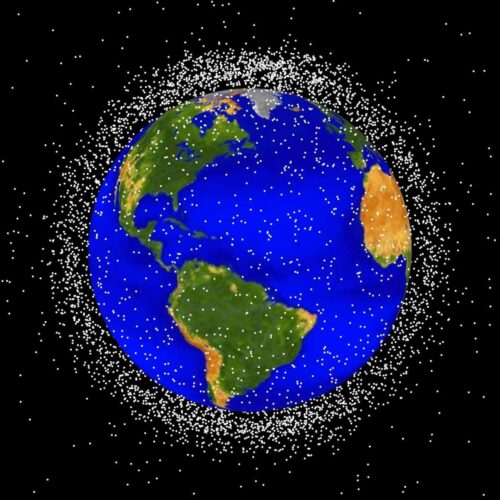Introduction
The Pentagon’s space surveillance network is overwhelmed with tracking space debris, thwarting attacks and monitoring space-environment accidents. In 1980, the network tracked 4,600 objects; today it tracks more than 22,000.
The United States relies on space systems for security-related tasks like intelligence, surveillance, communications, weather monitoring, missile warning and navigation. Depending so heavily on these systems makes them vulnerable to attacks—anti-satellite weapons, cyber attacks, environmental threats, radiation and debris collisions have been increasing rapidly.
In 2009, for example, the commercial satellite Iridium collided with an old Russian satellite, increasing the amount of space debris by 60 percent.
But efforts to address system shortfalls have been hindered by cost, schedule and performance challenges. In the past five years, DOD has not produced significant upgrades to space awareness capabilities, as expected. The space surveillance network, operated by the Air Force, tracks and identifies space objects through a network of 29 radars and communication systems.
A major cornerstone of the system over-haul, the Joint Space Operation Center Mission System, has been fraught with technical problems and cost overruns. The system relies on dated software and is not well-integrated. Without the establishment of this new system, most of the data from sensor upgrades will not be readily available.
“There are significant inherent challenges to executing and overseeing the Space Situational Awareness mission, largely due to the sheer number of government-wide organizations and assets involved in the mission,” the Government Accountability Office said in its report.
DOD plans to deliver new technologies in the upcoming years, but it is too early to determine if these additions will address shortfalls. A number of challenges present roadblocks: immature technologies, program staffing and skill shortages, complex integration tasks, coordinating data from numerous sources and overloading DOD’s current space object tracking system with data from new sensor systems could threaten success of the current development.
DOD says it plans to spend a total of $5.3 billion on space awareness projects from 2006 through 2015, but it has already spent almost $2 billion and plans to spend an additional $3.3 billion. The majority of investments will fund new sensors and a new command and control system.
A driving factor in the cost increases for the various space awareness projects and delays is DOD’s schedule-driven approach to the acquisition process, which shortchanges efforts to reduce costs and increase contractor competition.
“DOD has tended to start its space programs too early, that is, before it has the assurance that the capabilities it is pursuing can be achieved within available resources and time constraints,” the GAO noted.
FAST FACT: An essential aspect of space awareness systems involves tracking thousands of man-made space objects that typically travel nine times the speed of a bullet, about 17,000 miles per hour, in an area 220,000 times the volume of Earth’s oceans.


Join the conversation
Show Comments